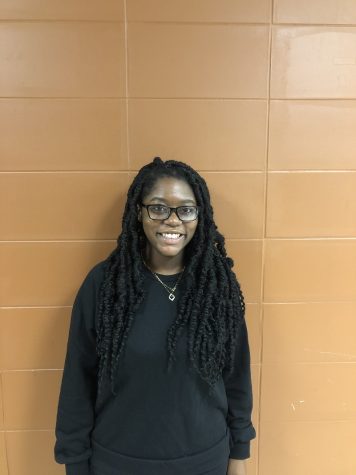No evidence of CRT being taught in our public schools
According to The CT Mirror, Critical Race Theory (CRT) is a framework that was developed by legal scholars in the late 1970s to 1980s to examine and understand race and racism in American society. It aims to look at how racism is embedded in present-day laws.
Even though CRT has been around for decades, the idea of it is currently circulating in the media and among parent groups. Conservative politicians have been using the debates surrounding CRT as a way to spread false information and suppress anti-racism teaching in classrooms. There has been legislation proposed in twenty-two states to limit teaching of racial equity and white privilege because it is being labeled as critical race theory.
Opponents of CRT are unwilling to recognize our country’s racial history and the lingering effects in our judicial system, education system and even health care system. They believe CRT blames White people currently living for what people did in the past. They also think it creates division, shames White children, and makes them feel uncomfortable. But, the purpose of teaching CRT is to help educate people and acknowledge that racism still affects our lives today.
Today many school districts are banning CRT from their curriculum even though there is no evidence that it is being taught in K-12 education anywhere in the country.
According to NbcNews.com, in a survey of more than 1100 teachers across the country, many reported that the dialogue on critical race theory is not the reality of what is happening in classrooms.
“What is the fuss about?’” said Lynn Daniel, a ninth-grade English teacher in the Phoenix area in an interview with Nbcnews. “We don’t get it. This objection is being pushed upon us, and it’s not even happening in our classes. I don’t understand it.”
In the Katy Independent School District in Texas, books by Jerry Craft, an award-winning black author, were removed from the library because it allegedly promoted CRT.
Craft’s The New Kid and Class Act are books about a seventh and eight grader who attend a private school known for academics, where they are among only a few other students of color. These books highlight the idea that students are struggling to fit into two different worlds. The books do not promote negativity toward either race and the author’s intent was to create books that were relatable to black students.
“As an African American boy who grew up in Washington Heights in New York City, I almost never saw kids like me in any of the books assigned to me in school,” he wrote. “Books aimed at kids like me seemed to deal only with history or misery. That’s why it has always been important to me to show kids of color as just regular kids, and to create iconic African American characters like Jordan Banks from ‘New Kid,’” said Craft in an online statement on the intellectual freedom blog.
Similarly, in Putnam County, New York, parents are complaining about The Hate U Give, which offers a fictional account of a police officer shooting an unarmed black man.
“Completely disgusting that the BOE would pervert our kids with such offensive studying. Really a sin!,” wrote an anti-CRT advocate in regards to the novel.
“Are you going to allow them to teach your kids to hate our police, is this what you really support??!” wrote a local activist in Putnam County on Facebook.
Putnam Valley schools Superintendent Jeremy Luft told Patch the book has been on the optional reading list for incoming freshmen for the past couple of years. Even though the book is 100% optional and students who felt uncomfortable could pick another book to read, many parents are challenging it and calling for the removal of the book completely.
The Hate U Give, Of Mice and Men, and To Kill a Mockingbird along with many other books are being challenged because of their promotion of anti-police messages or perceived negative effect on students. These books are viewed as divisive because they allegedly pit students of color against white students. Even though this is not the case in classrooms, this is the narrative portrayed in the media.
It’s important to discuss our country’s racist past in order to promote anti-racist teaching inside and outside classrooms and take a step towards true equity. Confusing CRT with anti-racist teaching and trying to ban it from curriculums creates division instead of progression.

I am a senior in Journalism 3. I plan to be a neurologist and I decided to take journalism again because I love writing about topics I'm passionate about...

I am a senior in Journalism 3. I want to be a Pediatric Physician Assistant. I continued to take Journalism because I love writing articles to let people...








